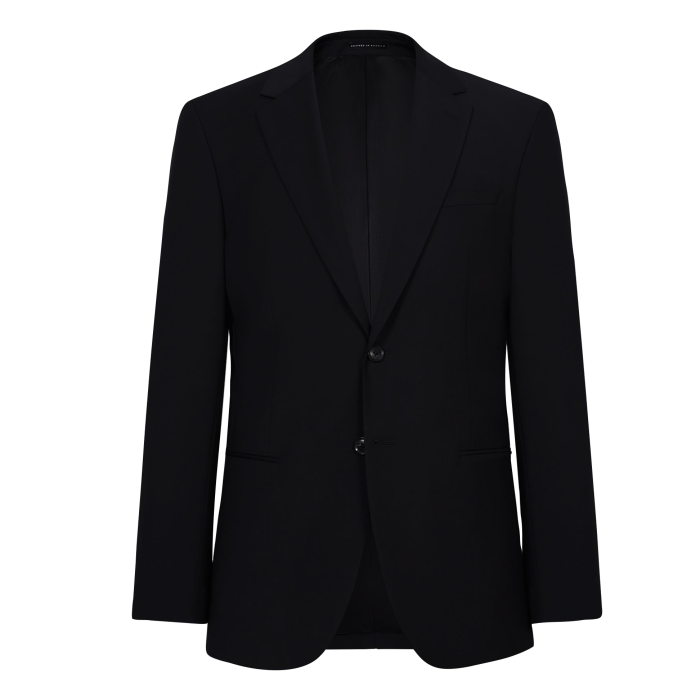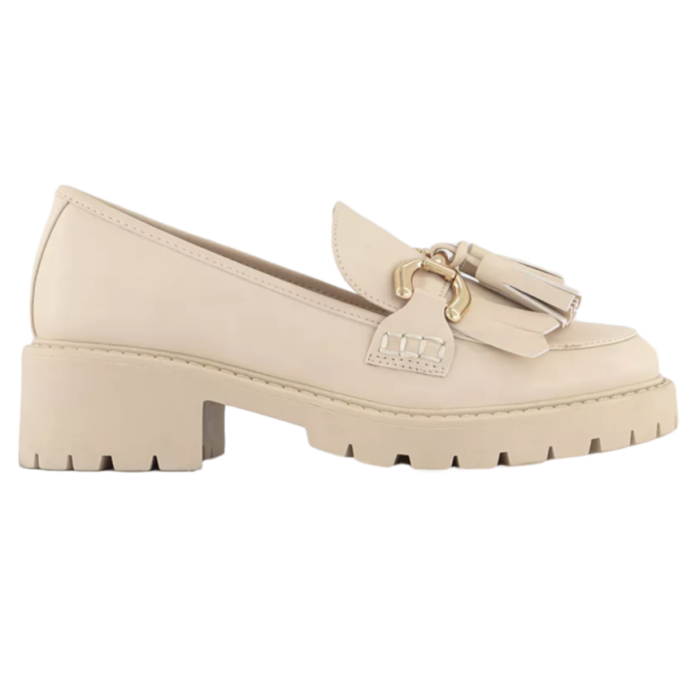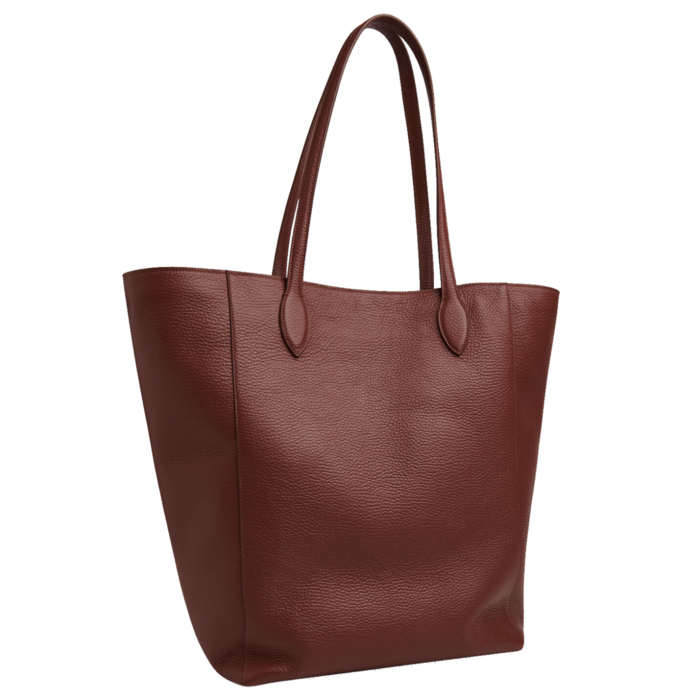How to dress for your first job


Roula Khalaf, Editor of the FT, selects her favourite stories in this weekly newsletter.
If I cast my mind back to the time I joined womenswear brand Wallis — which was my first job, not counting Pizza Hut and the kitchens of Warwick Castle — I remember the thrill, the excitement and the fear all mashed into one. And, then, oh God, what on earth to wear? It’s an important question to have considered well in advance of your first day.
Think back to the interview process: how were the interviewers dressed? Use that as your first cue. I am not suggesting you copy exactly what they were wearing; it is more about noticing what type of clothing they had on. Was it straightforward smart like a newsreader (fitted tailoring, shift dresses, suits, ties, blazers, pressed shirts and polished shoes)? Or very casual (think Mark Zuckerberg: T-shirts, sweatshirts, hoodies with pale jeans or sweatpants with a knit and trainers)? Alternatively, perhaps it was the so-called “business casual”. Dark jeans, for example, with a V-neck sweater and a shirt but no tie; chinos or cotton trousers, with a shirt and cardigan, or lots of knitwear.
You might even find all of these workwear styles together in one company, but this does not mean you can dress just as you wish.
Ideally, ask to pop in to the office before you start so that you can be introduced to the team. We sometimes don’t notice the surroundings when we are focused on an interview so this is your opportunity to see what everyone is wearing, and where your desk is — useful for gauging the temperature. Ask your line manager for guidance on what to wear if you are not sure.
I truly wish I’d had a guide on how to dress when I started in my first job. I hope these dos and don’ts can help you navigate this exciting new start.
Dos
If you were sent recruitment literature or a company brochure (this may be on their website), check it for dress codes or clues as to what kind of apparel is expected. Is there a “dress down Friday”? This usually indicates a slight relaxing of the dress code, rather than wearing the stuff you use to slob around the house. Also, see if there are guidelines for what not to wear.
Be yourself and, rather than attempting trends, aim to stay on the side of classic — at least to begin with until you see how the land lies. I realise this is boring but it means you have a little respite until you work out your groove.
Know the environment. Is it hot or cold? Have a back-up item in your bag in case the office is like the Sahara (or you are beside the radiator) or the air conditioning makes it Arctic freezing. Have a cardigan or a long sleeved top to change into. Like a cub scout, be prepared.


You will probably not have a lot of cash to spend so borrow, swap or prioritise buying just a couple of brand-new items if you can. I’d spend my money on a good shoe, such as a smart loafer, brogue, slip-on trainer or a low heel. Look at Office and John Lewis for a mix of brands at good price points, or retailers such as Russell & Bromley or Oliver Sweeney. I would also invest in a tailored trouser, as you really do get what you pay for in tailoring. Spend as much as you can here: try Reiss, Theory, Joseph or J Crew. Alternatively, try second-hand. Then you can add a tee or a shirt, a sweater, and a blazer if needed. You may require a suit — not the end of the world as it can be broken into separates and worn in a more smart casual way, too.


Can you borrow a nice bag, such as an A4 sized tote, for your essentials? That manky rucksack won’t cut it, I’m afraid. Try John Lewis, Asos or Whistles for smart options.
Plan outfits to cover five days (if you’re full time) and rotate.
Be presentable. This means clothes are ironed or steamed, and hung up.
Check for holes, marks, or, God forbid, stains. Make sure the pieces are as immaculate as they can be. Others notice our clothes and you want to feel proud, not uncomfortable.
If you wear make-up, keep it minimal and as natural as possible. You can always start to express yourself when you’re really established.
Check things fit you well. If they don’t, you will be endlessly fiddling and feel distracted. You need to know that, once you’re dressed, you don’t have to think about it anymore; then you can focus on the exciting new environment you are in.
Don’ts
Avoid slogan tees, knits or tops. You don’t want to offend anyone unnecessarily in your first week.
If you have multiple piercings, you may want to remove them for the time being. Ask if there is a policy on tattoos — some companies are fine with them, but you may want to keep them covered.
Ditto extreme amounts of make-up — save it for the weekend.
The author is a stylist and FT columnist
World of Work: free online event for students

Join us on Monday 27 March at 2pm — 3.30pm BST for a digital event hosted by FT Schools, offering more practical advice on skill building and career planning, and live Q&A. Sessions will be available to watch on-demand as well.
Register your free place here

Comments